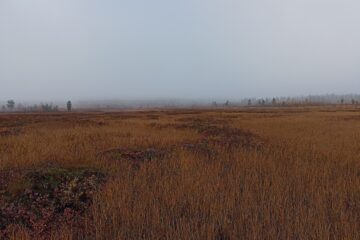The time that post was written is not the time it was published.
The weather forecast is extremely imprecise in Lapland. For example right now we have pretty heavy snowfall and we already got several centimeters of new snow:
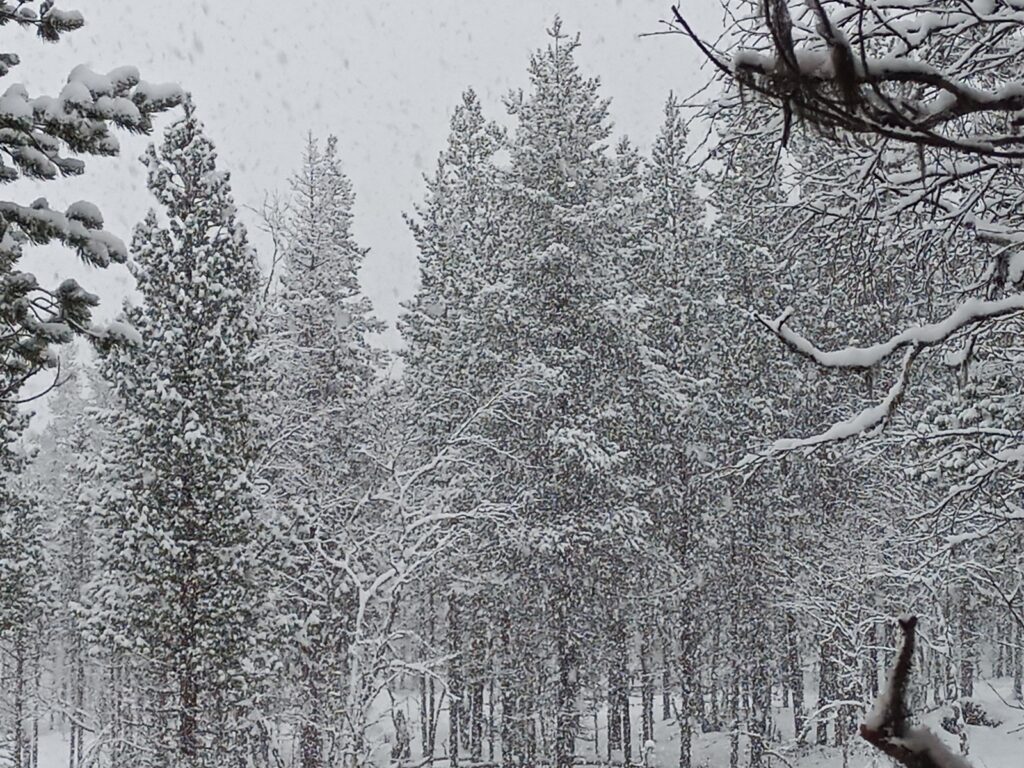
When we look at the forecast, right now, we do not see any precipitation, even the weather radar is not showing precipitation:
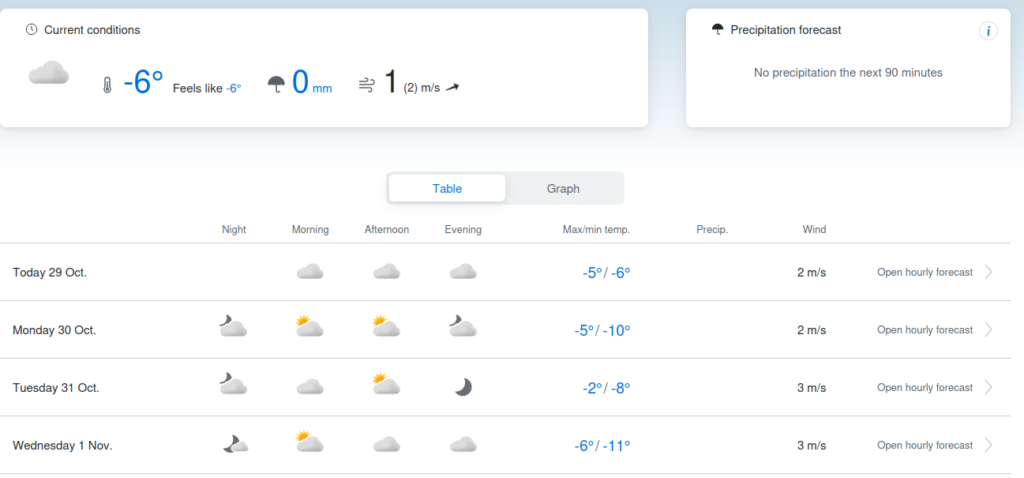
And even a multi-model forecast, which shows several kind of statistical models, is not showing precipation:
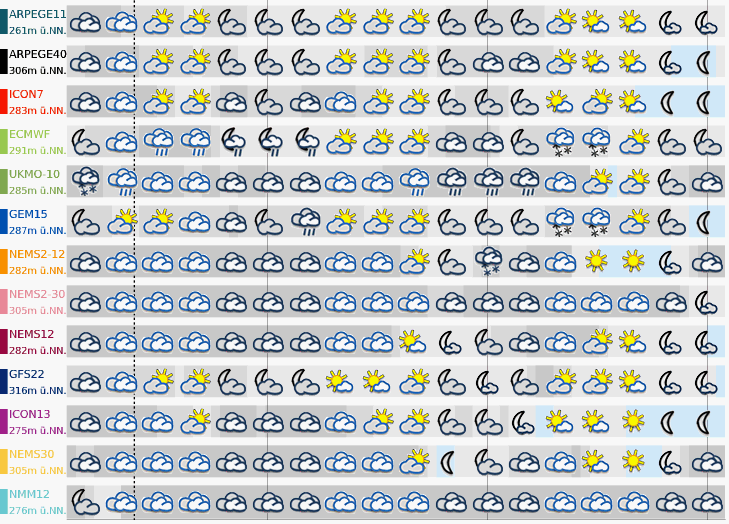
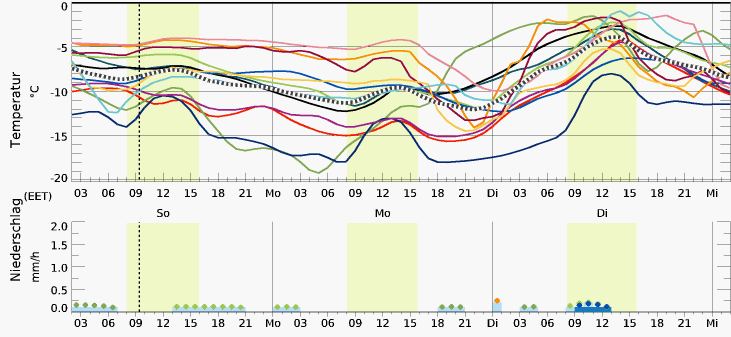
So, why is the forecast so often extremely wrong, even for the situation right now? To understand that we need to have a little bit of understanding how the forecast works.
how the forecast works
We have weather stations all over the globe which record how the weather is. Weather forecasts are not really thinking about how the weather will be. It looks at the current situation at a given location (pressure, temperature, humidity etc.) and how the situation was there earlier. Then it looks up in the history for similar conditions and how the weather was developing then, at that location. By comparing past weather with current weather the forecast is calculating a probability for how the weather develops. This probability is influence by how exact the current weather matches with the recordings. It then takes a mixture of past weather developments for similar weather conditions, weighted by their probability, and predicts that for the future.
Because there are normally way less weather stations then calculation points it interpolates the weather at a calculation point with the stations around it.
Of course there are also other optimizations and the global weather has also an influence. For example if it is obvious that the main wind direction changes due to moving high/low pressure systems, it takes that into account for weighting the past recordings (where perhaps the wind did, or did not change). It also mixes up different locations.
why is that system not working well in Lapland
This system doesn’t work very well for Lapland and the reasons are pretty simple:
- We have very few weather stations in Lapland. This leads to very few data and huge unknown black spots in between the locations.
- Lapland is not very populated and there are very few weather stations, so the calculation grid for the weather forecast is often reduced, leading to reduced accuracy. That is done because the forecast consumes huge amounts of computing power. In populated places like Germany the computing power is limiting the accuracy of the forecast and not the amount of data.
- The few weather stations are fairly new, leading to very few historic data to compare with.
- The update interval is low (YR just about 2 times a day), because of less people and the lower demand.
is the forecast useless in Lapland
No, not completely. While you definitely can not rely on precipitation there are some parameters which are normally partly true. For example parameters which are more influenced by larger weather systems, like pressure, clouds and temperature tendency, are normally more reliable. Not always as the forecast just said we should have sunshine the last two days, but it was completely cloudy, and slightly snowy.
If the forecast predicts the same weather for the future and it doesn’t change a lot then the forecast is normally also more accurate. When you see already, that the forecast changes every day for the next 10 days then it is normally pretty imprecise. So it is good to take into account how the forecast develops.
But often if it is very stable and, for example, shows huge amounts of precipitation for a given day it regularly happens that there is no precipitation at all, even when that day comes and the forecast still shows a lot of precipitation.
I normally just take the forecast as an idea, but do not let it influence what I’m doing a lot. For example if I need to do an office day I place it at some day where the forecast shows unpleasant weather, like wind and precipitation. If it is not true then, nothing is lost. Most times of the year I’m out every day nevertheless what the forecast shows.


